
Biological Journal of the Linnean Society
@bioljlinnsoc
ID: 393276727
18-10-2011 09:02:18
11,11K Tweet
2,2K Followers
708 Following

Just when you thought the deep sea couldn't get any creepier, introducing 2 new species of carnivorous bivalve found in the deep waters of the SW Atlantic! #SpookySeason #MolluscMonday academic.oup.com/zoolinnean/art… The Linnean Society of London Guido Pastorino
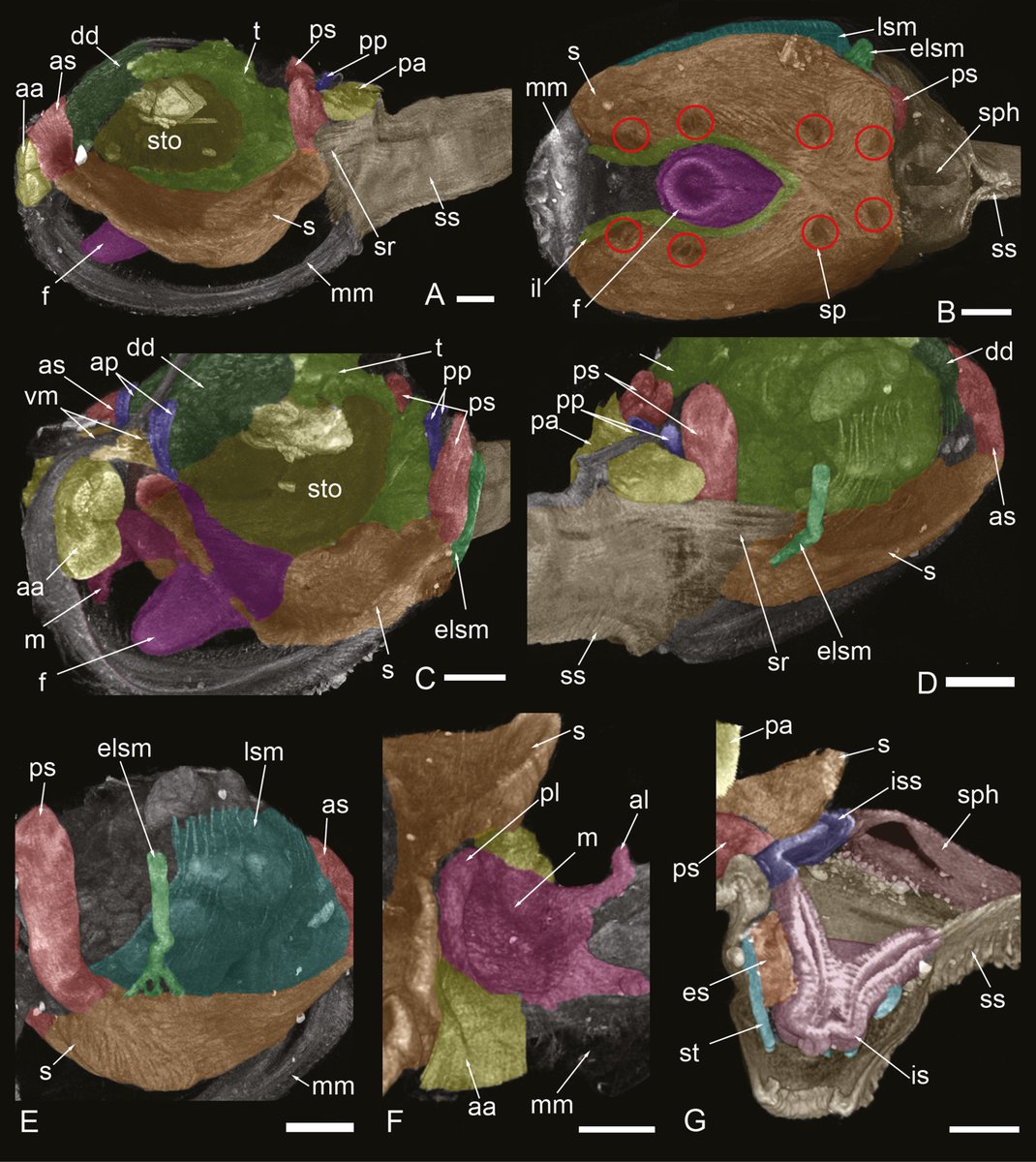

Famous for its rich #Biodiversity, many radiations in Lake Tanganyika are still unclear. To address this, 2 #Catfish clades were investigated, finding evidence of niche conservatism in Synodontis! academic.oup.com/evolinnean/art… The Linnean Society of London Thomas Near Oxford Journals

#Iconic examples of evolution, Darwin's finches have adapted to differences in foraging strategies. Smaller finches have shorter wings for increased manoeuvrability, while longer legs enable climbing behaviour in larger finches! academic.oup.com/biolinnean/art… The Linnean Society of London

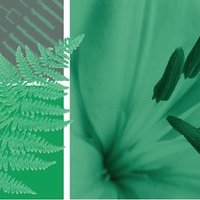
The nectarless male flowers of Pandanus were thought to be wind-pollinated, yet their floral scent suggested otherwise, with detailed analysis revealing the first example of insect #Pollination in this genus! academic.oup.com/botlinnean/art… The Linnean Society of London Oxford Journals




Genomic analysis of #Endangered Golden Eagle populations revealed reduced genetic diversity, suggesting evidence of inbreeding & highlighting the importance of genetic reinforcement for island population #Conservation! academic.oup.com/biolinnean/art… The Linnean Society of London Emily Humble
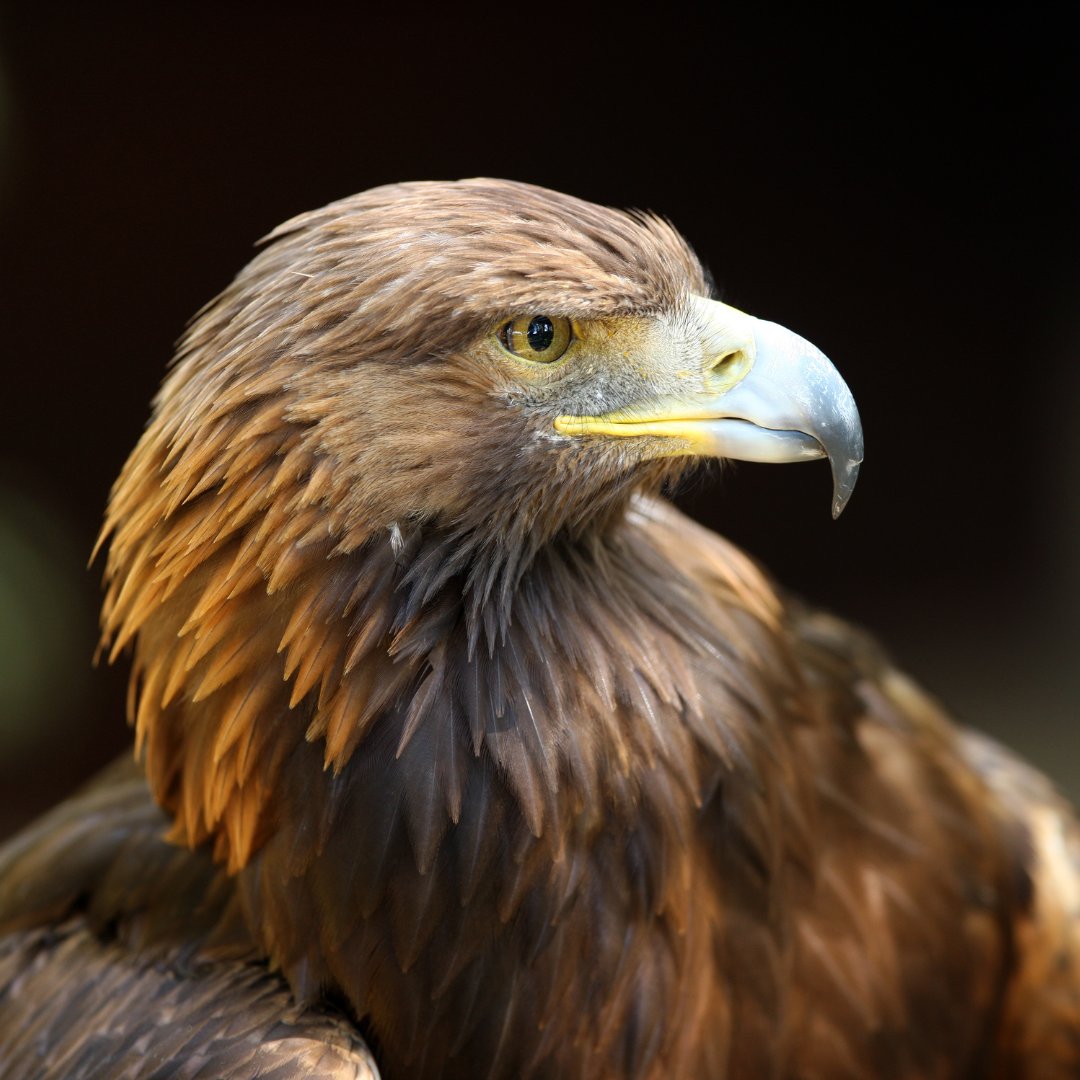

Using a hybrid approach, plastome & Sanger sequencing data were combined to reconstruct the #Phylogeny of Martinella, a group of #Neotropical lianas! academic.oup.com/botlinnean/art… The Linnean Society of London Oxford Journals Lucia Lohmann
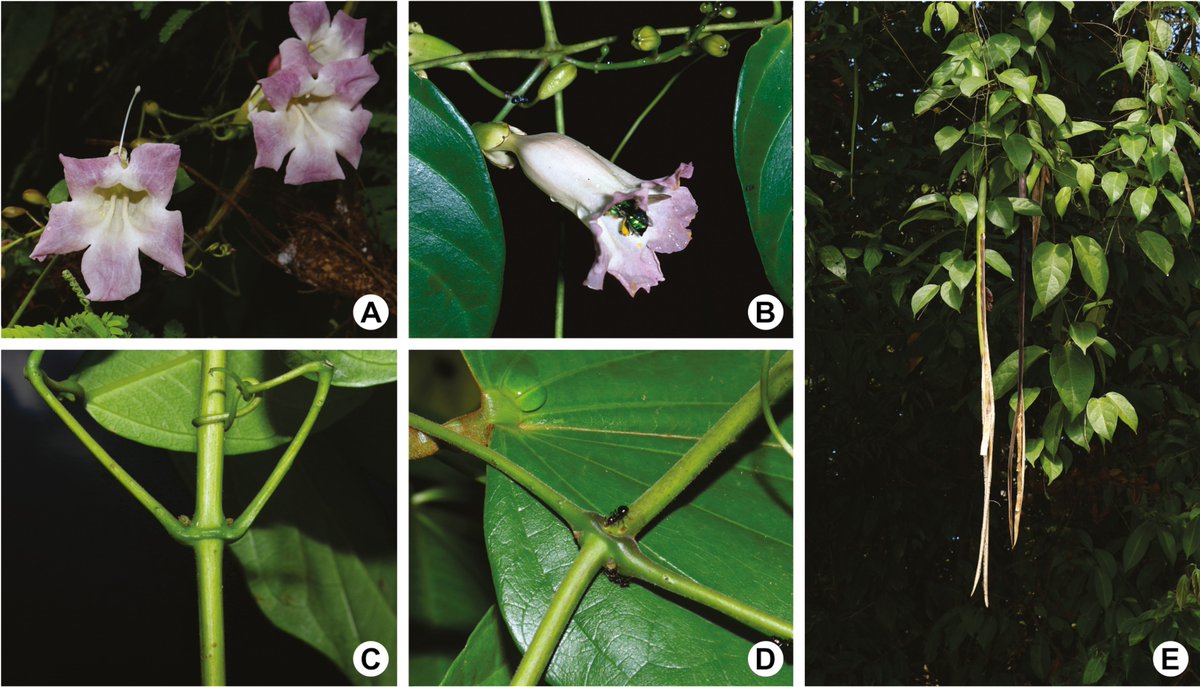

We're excited to announce the #Launch of our new blog, featuring articles across our journals! Read about why so many Darwin's finches exist & the remarkable #Discovery by Peter & Rosemary Grant of past extinctions! linnean.org/news/2024/10/2… The Linnean Society of London Oxford Journals
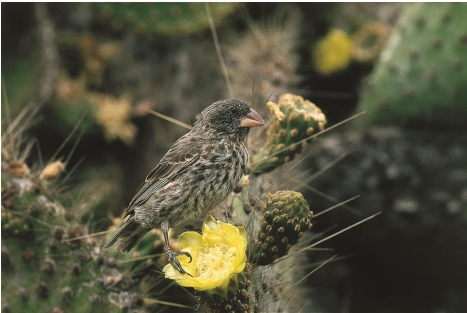

What do honey possums, mice and dunnarts have in common? They all pollinate Australian #Banksia! New research published in our journal highlights the role of rodents & other non-flying mammals in their pollination...a 🧵(1/4) academic.oup.com/botlinnean/adv… Stanislaw Wawrzyczek Rob Davis
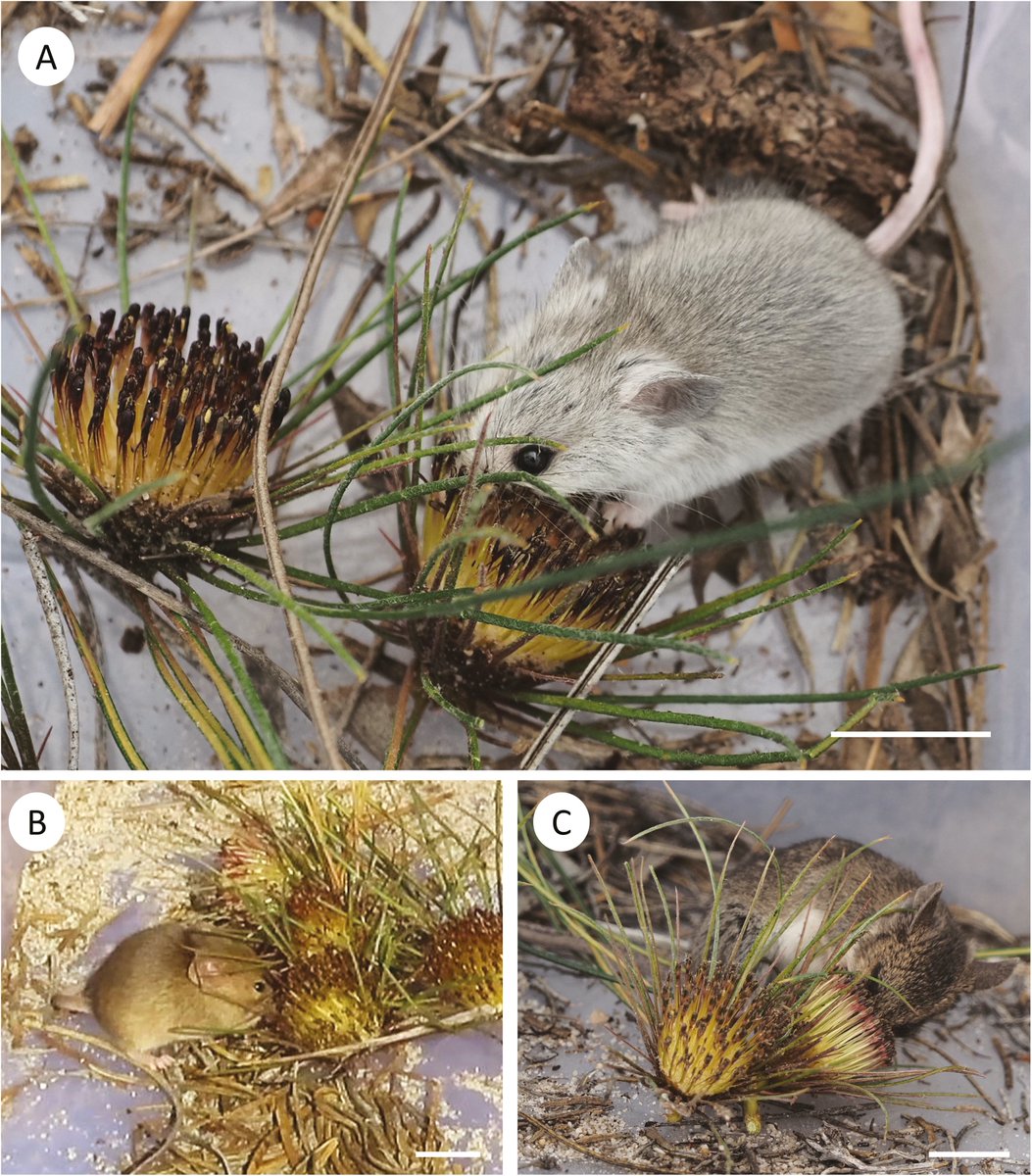

Prehistoric #Dolphin remains found in the Shomyoji Midden off Tokyo Bay share haplotypes with modern populations, suggesting maternal groups of bottlenose and white-sided dolphins have been present here for 4000 years! academic.oup.com/biolinnean/art… The Linnean Society of London Takushi Kishida

Sphaerocrystals, small "Maltese crosses" visible in polarized light in plants, were found on seed surfaces and in testa cells in some Euphorbia species, but missing from major clades in the subgenus Esula! academic.oup.com/botlinnean/art… The Linnean Society of London Oxford Journals

Speciation: the original source of all species! What does it look like & how has it led to the diversity of life seen today? Here, John J Wiens discusses these questions & the different methods of estimating diversification rates! academic.oup.com/evolinnean/adv… The Linnean Society of London
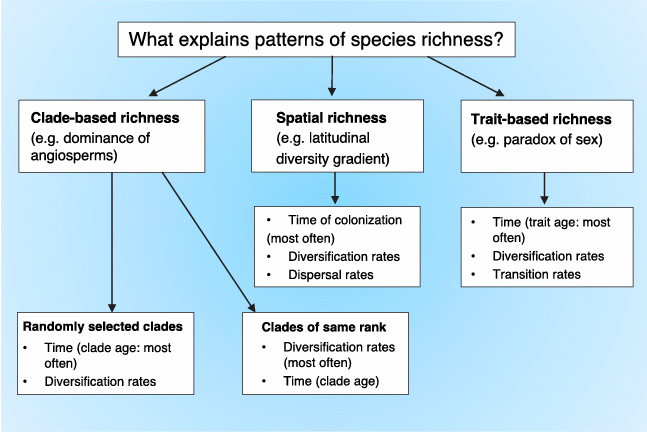

This #FossilFriday check out the first record of Prosantorhinus rhinos in East Asia & the description of a new species! Now #Extinct, this genus was once common in Europe but not seen in the Asian fossil record until today! academic.oup.com/zoolinnean/art… The Linnean Society of London Oxford Journals
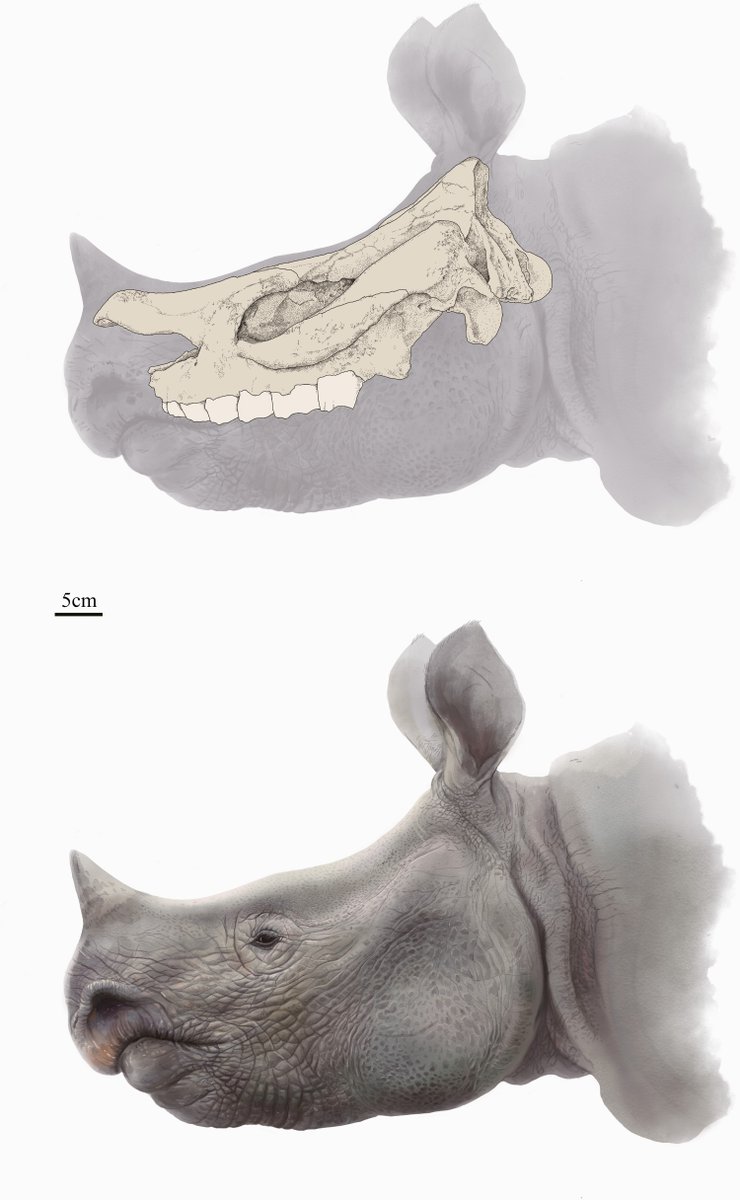

Where do FRDs (streeties) prefer to rest? Why do they often sleep on the roads? Why do they sleep under your car? We found the answers! academic.oup.com/biolinnean/art… Sourabh Biswas Biological Journal of the Linnean Society IISER Kolkata


#ProtectedAreas are key tools against the #Biodiversity crisis. Yet despite being vulnerable, tarantulas are often overlooked. Here, species richness & areas of endemism in Argentine species are investigated, aiming to propose new PCAs! academic.oup.com/biolinnean/art… The Linnean Society of London


A study in NatureEcoEvo reports that birds and bats appear to have evolved powered flight and subsequently diversified under different sets of intrinsic anatomical rules. 🔒 go.nature.com/3YU0eNO

